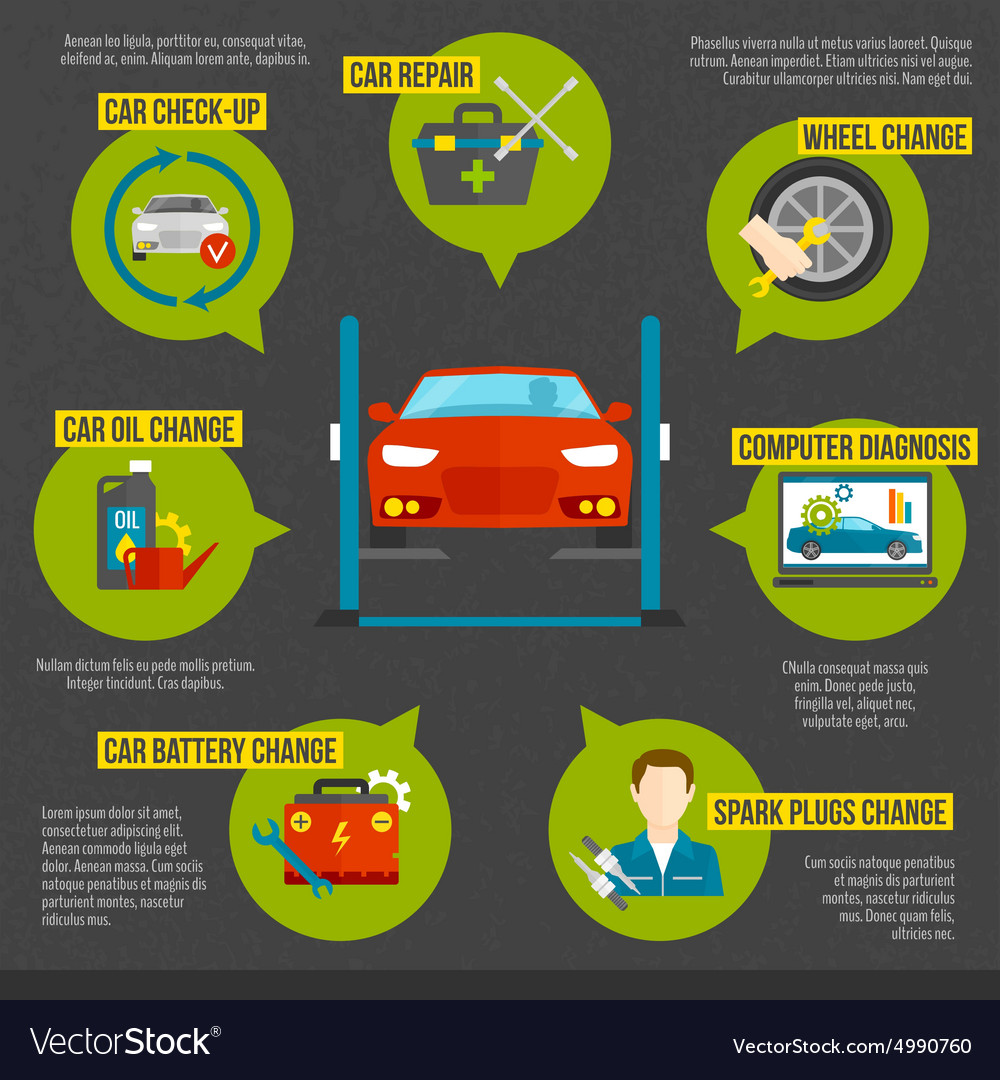Comprehending The Meaning Behind Your Vehicle'S Warning Lighting: An In-Depth Appearance
Comprehending The Meaning Behind Your Vehicle'S Warning Lighting: An In-Depth Appearance
Blog Article
Web Content Produce By-Sykes Corbett
When you're behind the wheel, those radiant warning lights on your control panel can be a little bit bewildering. Do you know what they're trying to tell you about your vehicle's health? Recognizing the relevance of these lights is vital for your security and the long life of your vehicle. So, the following time one of those lights turns up, would not you want to decode its message properly and take the essential steps to address it?
Common Warning Lights and Interpretations
Identify usual warning lights in your vehicle and recognize their significances to ensure safe driving.
The most regular caution lights include the check engine light, which signifies concerns with the engine or discharges system. If this light begins, it's important to have your automobile checked immediately.
aj detailing cautioning light suggests reduced oil pressure, calling for prompt focus to avoid engine damages.
A flashing battery light might suggest a damaged charging system, possibly leaving you stranded otherwise attended to.
The tire pressure surveillance system (TPMS) light notifies you to reduced tire pressure, impacting automobile security and fuel effectiveness. Disregarding this could lead to risky driving conditions.
The abdominal light indicates a problem with the anti-lock braking system, jeopardizing your capability to quit rapidly in emergency situations.
Lastly, the coolant temperature level advising light warns of engine getting too hot, which can result in severe damage otherwise resolved swiftly.
Recognizing these usual caution lights will assist you address issues immediately and maintain risk-free driving problems.
Significance of Prompt Focus
Understanding the common warning lights in your cars and truck is just the primary step; the significance of immediately attending to these warnings can't be highlighted sufficient to ensure your safety on the road.
When a warning light brightens on your dashboard, it's your car's means of communicating a potential problem that needs attention. Ignoring these cautions can result in more severe issues down the road, compromising your security and possibly costing you much more out of commission.
Trigger attention to cautioning lights can avoid malfunctions and crashes. As an example, a flashing check engine light might indicate a misfire that, if left ignored, could create damage to the catalytic converter. Resolving this quickly can save you from a costly fixing.
Similarly, a brake system advising light could signal low brake liquid or worn brake pads, essential parts for your safety when driving.
DIY Troubleshooting Tips
If you see a caution light on your control panel, there are a couple of DIY repairing ideas you can attempt prior to looking for professional help.
The very first step is to consult your automobile's handbook to comprehend what the particular warning light indicates. Occasionally the problem can be as basic as a loose gas cap causing the check engine light. Tightening up the gas cap might deal with the issue.
An additional usual issue is a reduced battery, which can set off numerous warning lights. Examining the battery connections for deterioration and guaranteeing they're protected could deal with the issue.
If a caution light continues, you can attempt resetting it by disconnecting the vehicle's battery for a couple of minutes and after that reconnecting it. Additionally, checking https://what-is-ecu-tuning39517.bloginder.com/32739775/just-how-mobile-vehicle-describing-services-can-save-you-time-and-money , such as oil, coolant, and brake fluid, can help troubleshoot advising lights associated with these systems.
Verdict
Finally, recognizing your car's warning lights is crucial for keeping your car running efficiently and securely. By immediately dealing with these signals and recognizing what they imply, you can prevent expensive repairs and possible failures.
Bear in mind to consult your vehicle's guidebook for certain information on each advising light and do something about it appropriately to guarantee a hassle-free driving experience.
Keep notified, remain risk-free when traveling!
